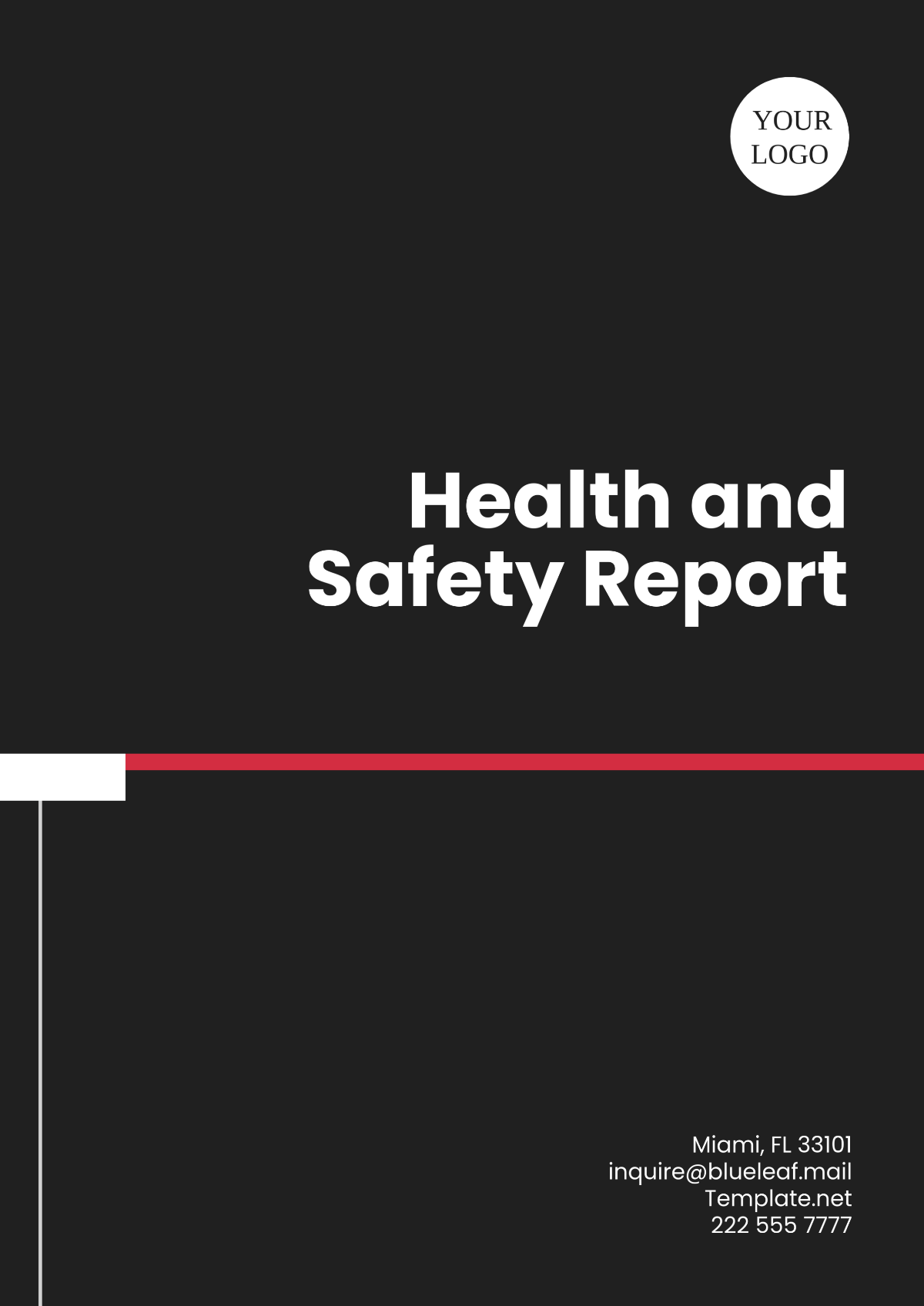Free Suicide Prevention Protocol
Discover peace of mind with Template.net's Suicide Prevention Protocol Template. This editable and customizable resource empowers you to craft tailored protocols effortlessly. Seamlessly editable in our AI Editor Tool, ensure your organization's safety measures are precise and effective. Elevate your prevention strategy today with this essential tool from Template.net.






























